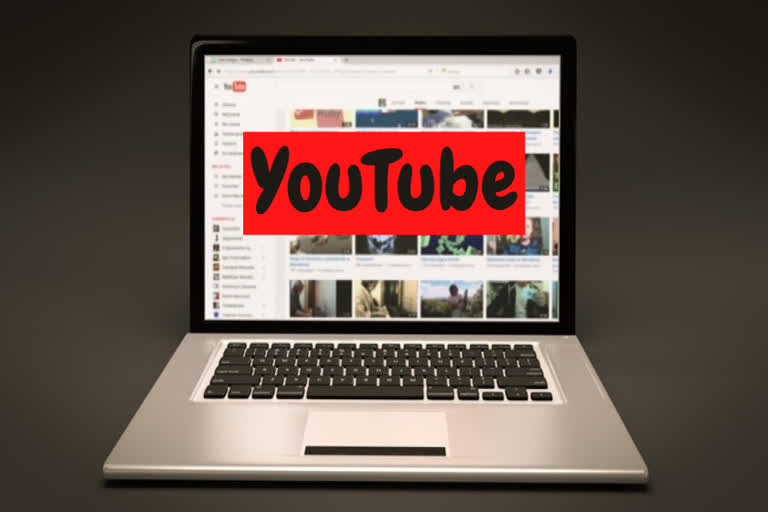Toronto: Despite YouTube's efforts to remove pandemic related misinformation, more than a quarter of the most viewed COVID-19 English-language videos on the platform contains misleading or inaccurate information, reveals a new study.
Misleading or inaccurate information in these videos included claims such as pharmaceutical companies already have a cure, but refuse to sell it, or that certain countries have stronger strains of coronavirus; inappropriate recommendations for the general public; racist and discriminatory remarks; and conspiracy theories.
"This is particularly alarming, when considering the immense viewership of these videos," said the researchers.
"Evidently, while the power of social media lies in the sheer volume and diversity of information being generated and spread, it has significant potential for harm," they added.
- For the study, published online in the journal BMJ Global Health, Heidi Oi-Yee Li, a medical student at the University of Ottawa in Canada, and her colleagues searched the Google-owned digital platform for the most widely viewed and relevant videos as of March 21.
- After excluding those that were duplicates, in languages other than English, lasted more than an hour, or didn't contain audio or visual content, 69 videos became eligible for analysis.
Also Read:Dell refreshes XPS line-up with 2 new laptops
- The number of views for the 69 videos included in the analysis added up to 257, 804,146.
- Nearly 50 of the videos contained only factual information. But more than one in four contained misleading or inaccurate information, representing 62,042,609 views or around a quarter of the total, said the study.
- Among the 19 misleading videos, around a third came from entertainment news, with network and internet news sources each accounting for around a quarter. Consumer videos made up 13 per cent of the total.
